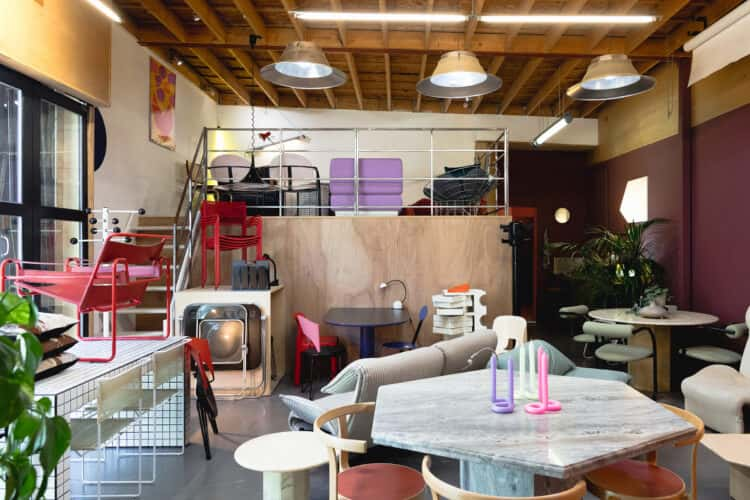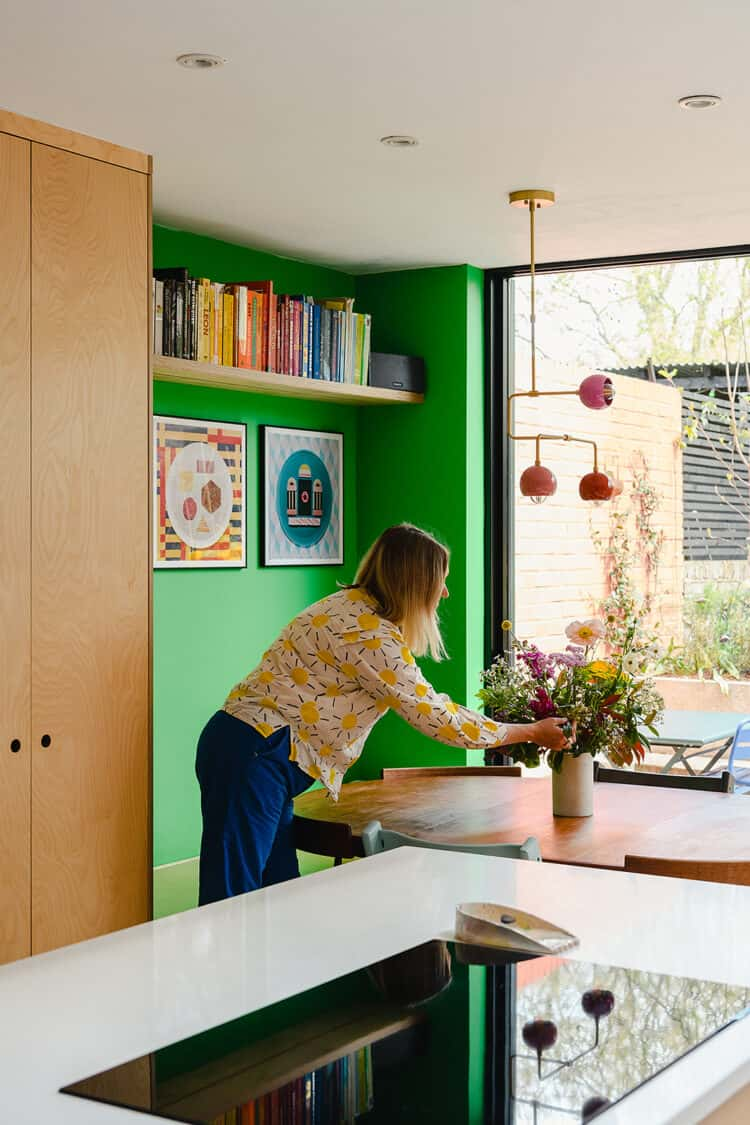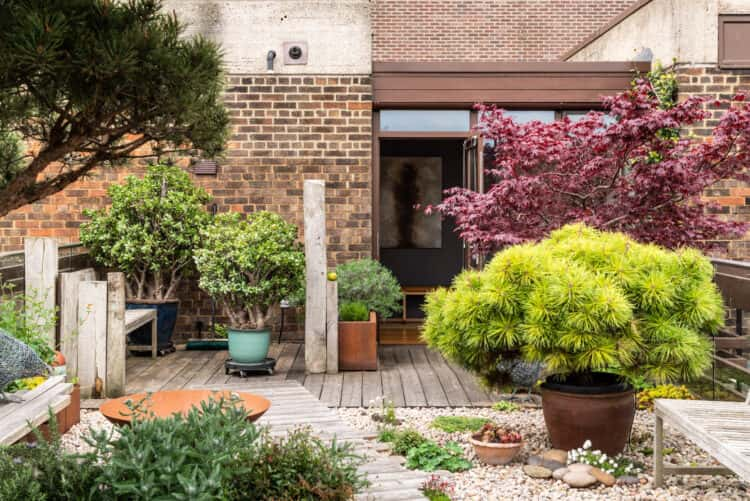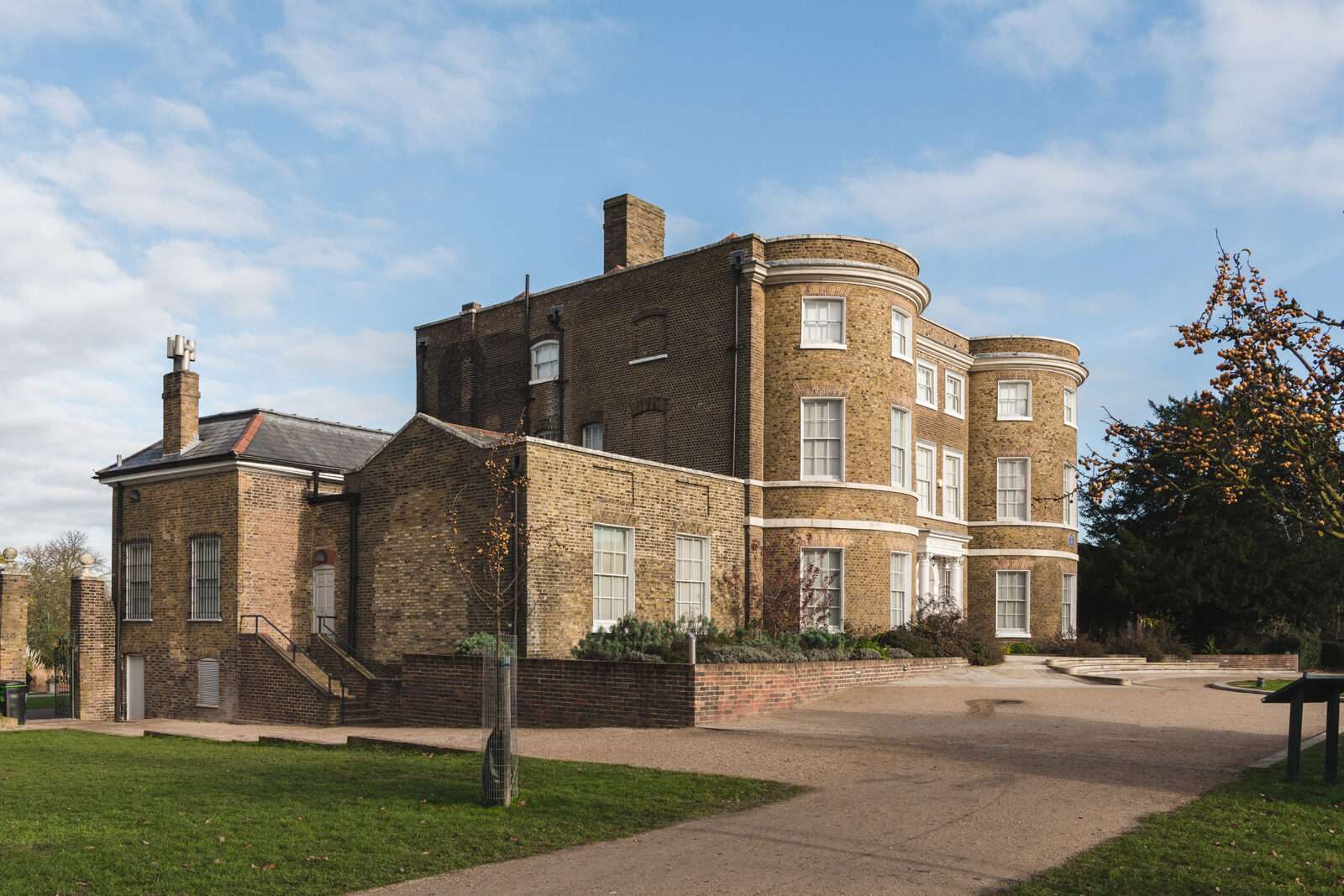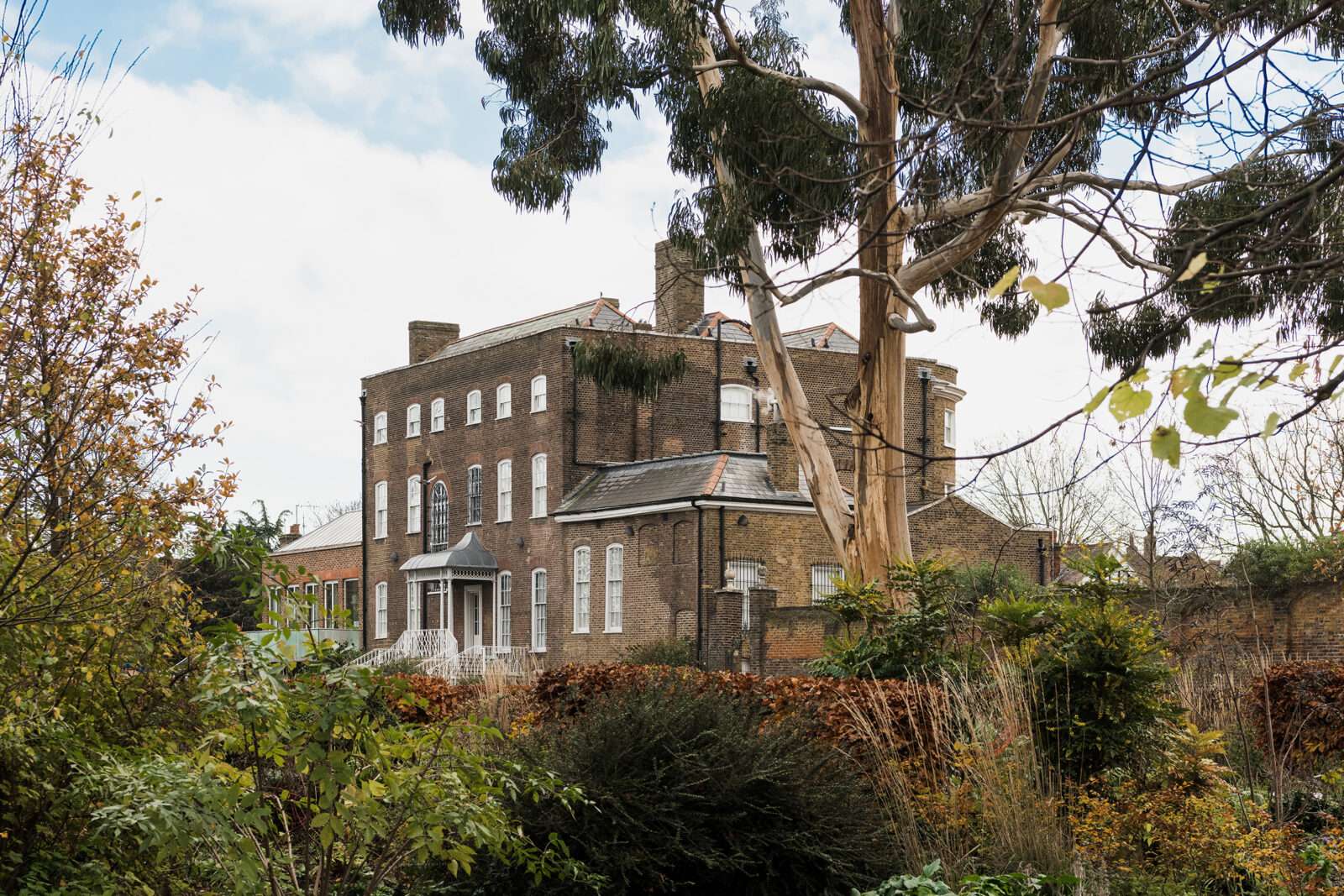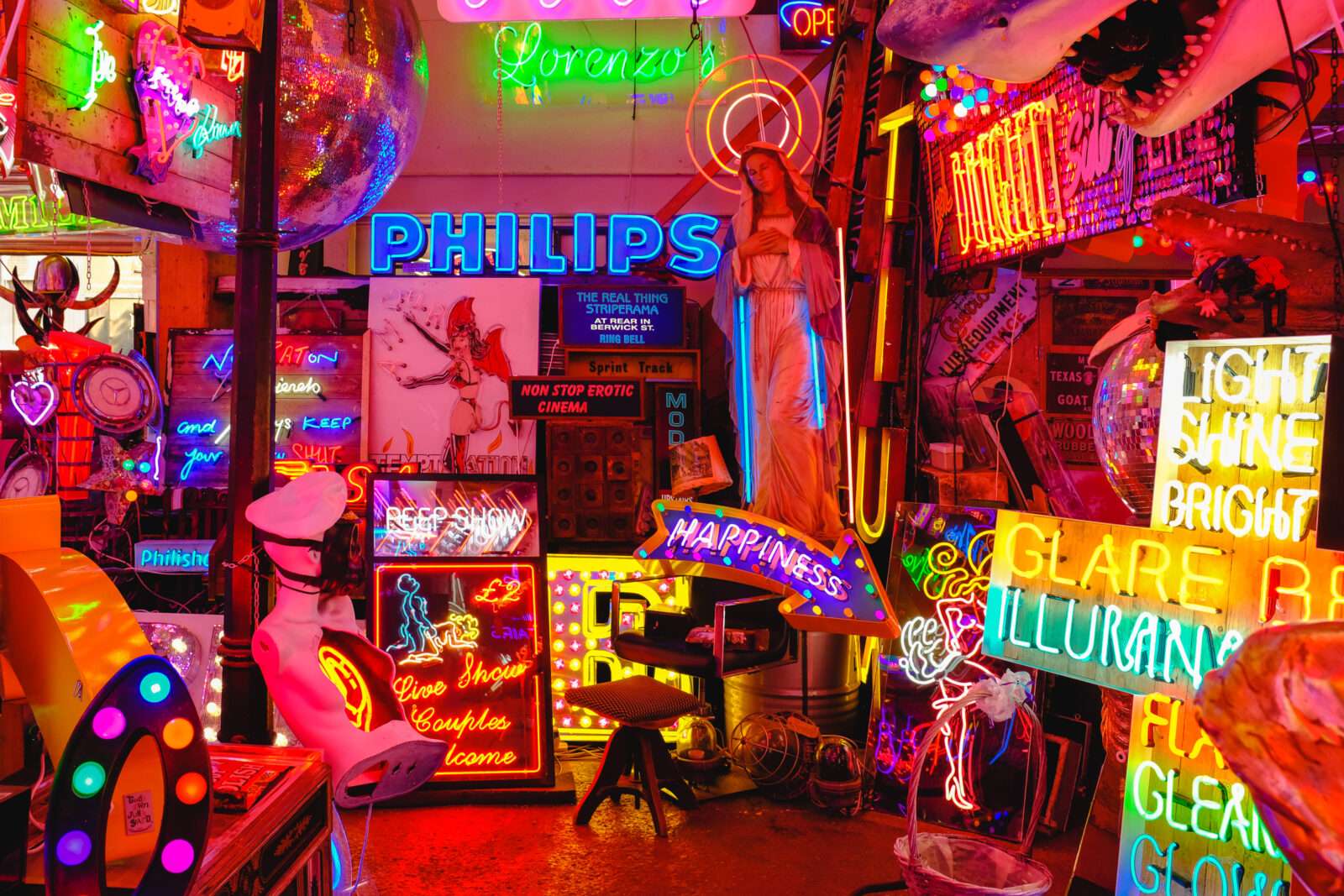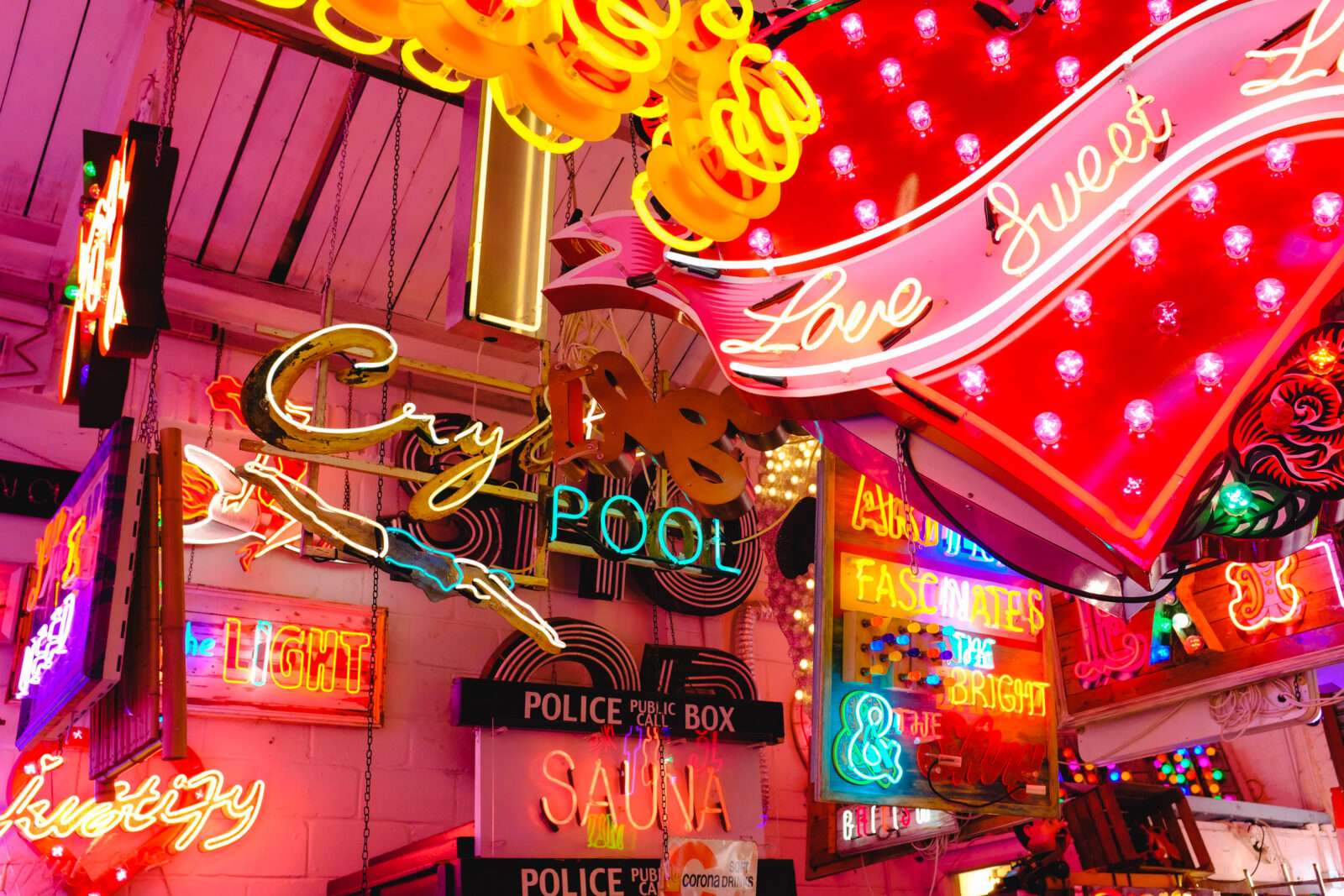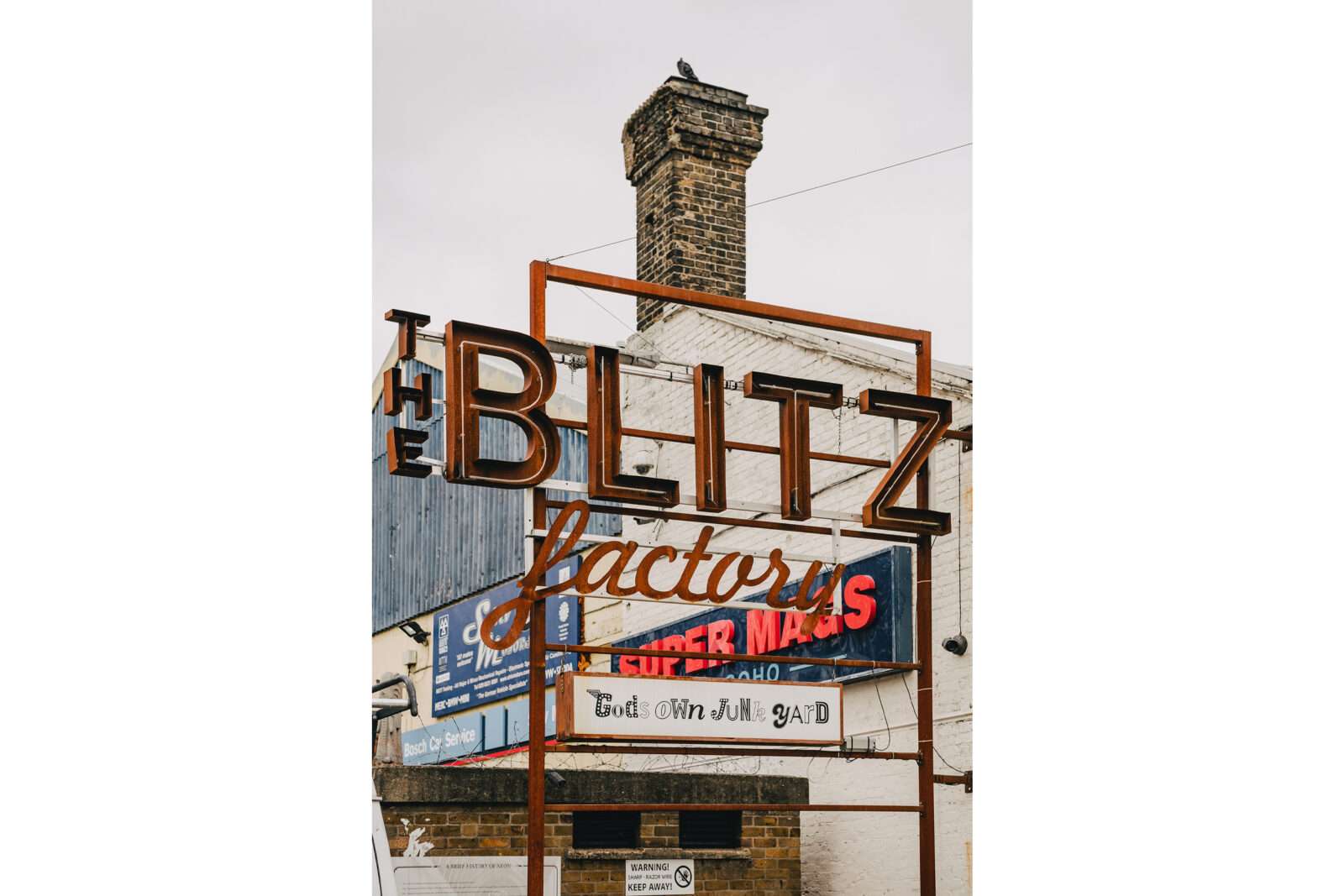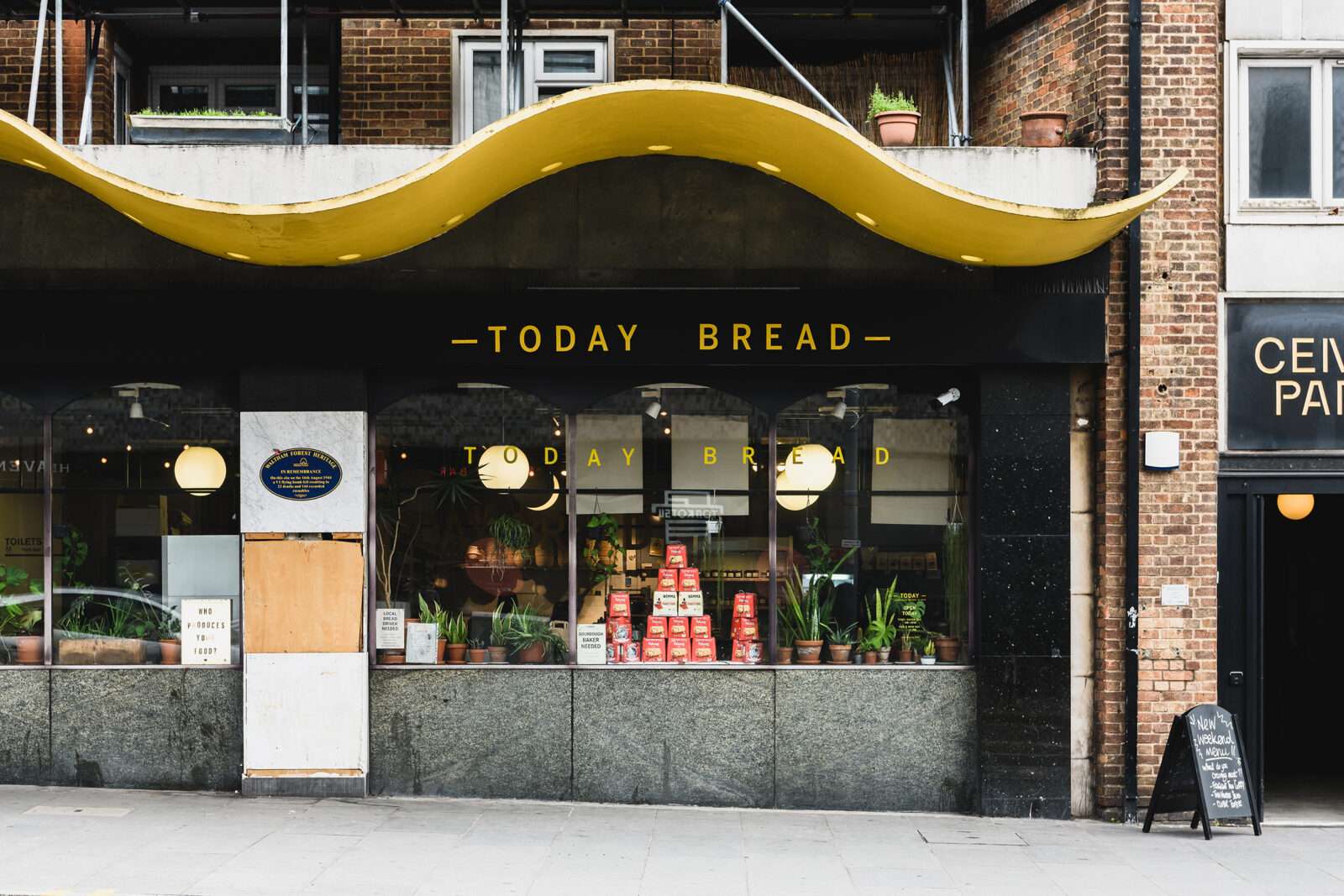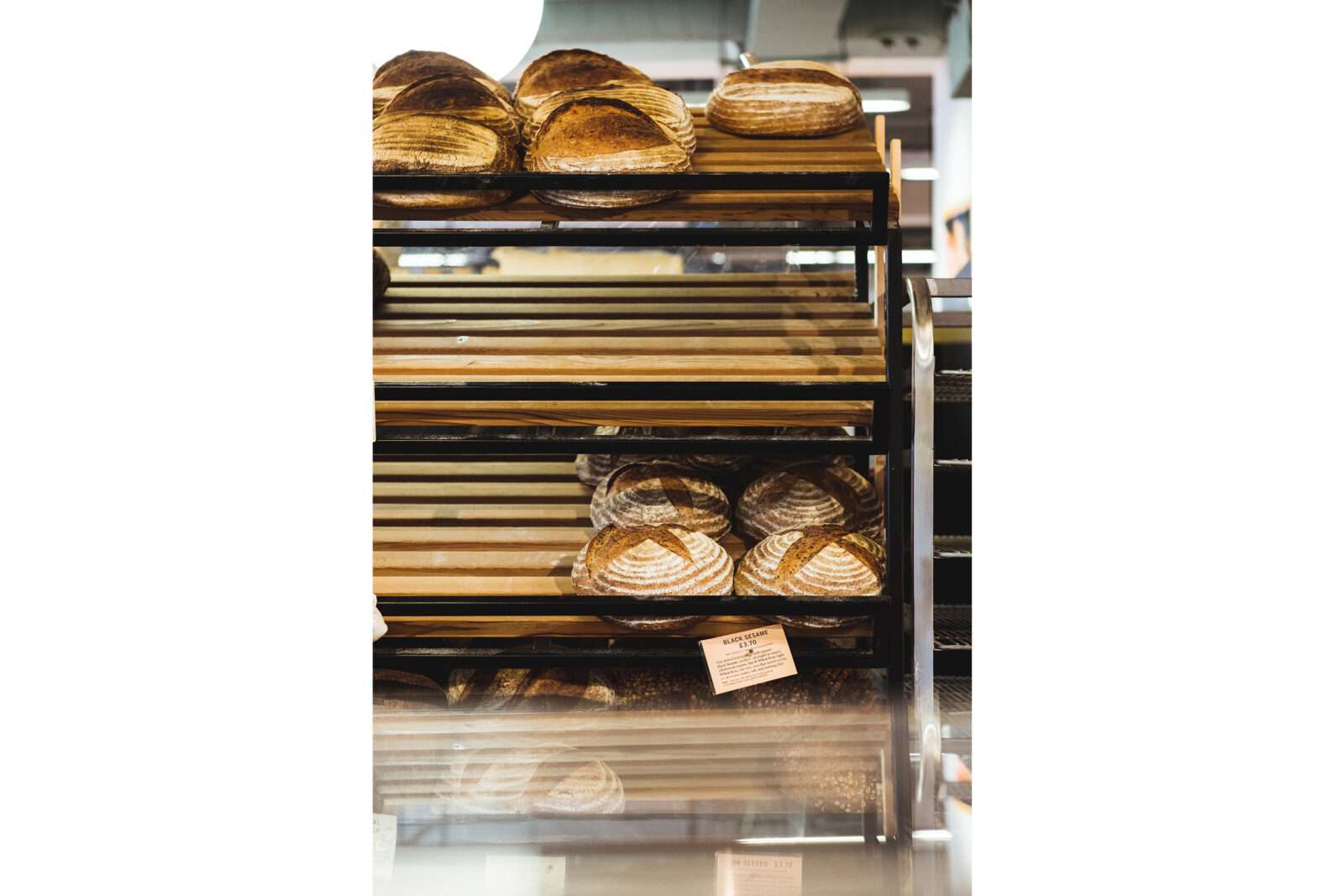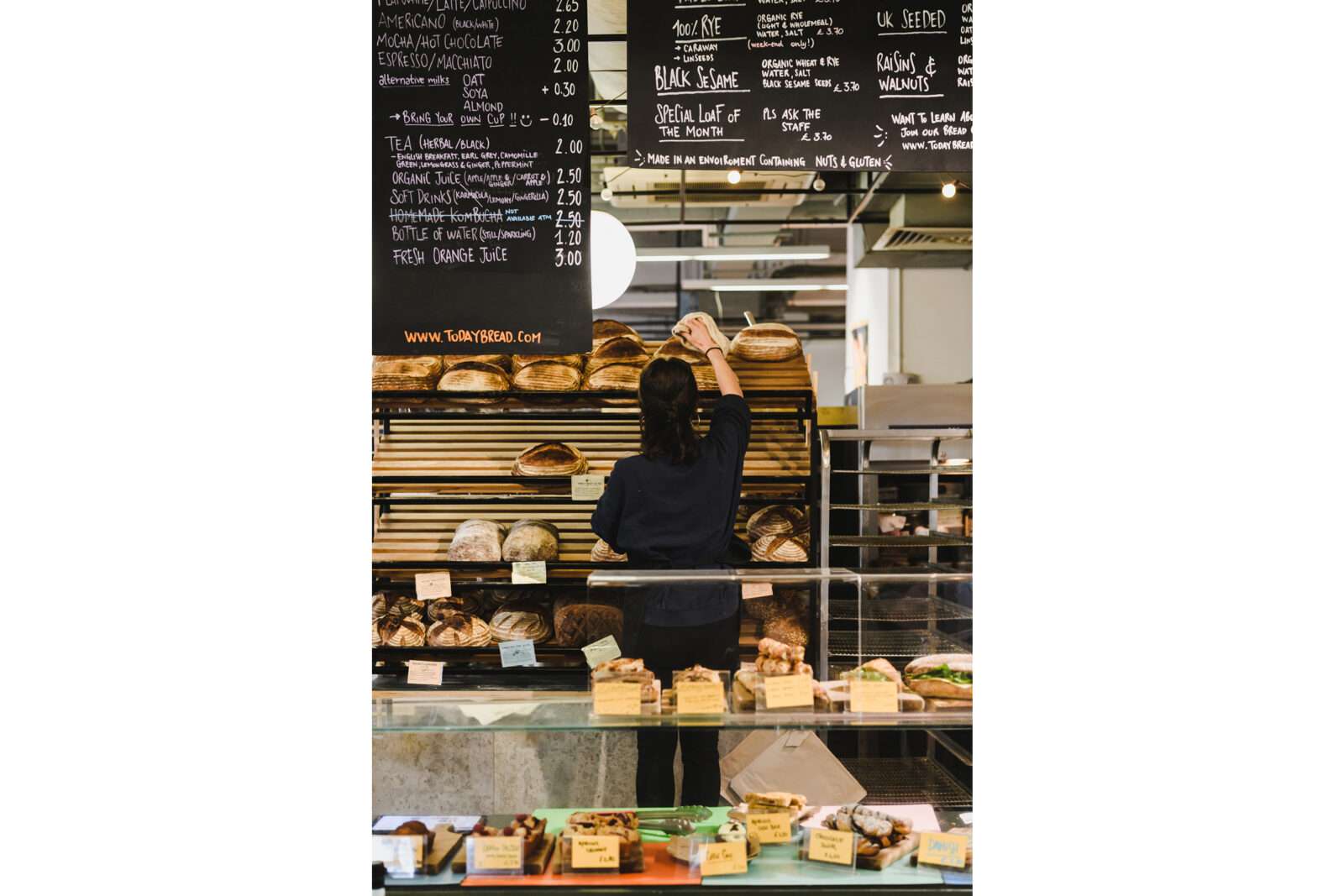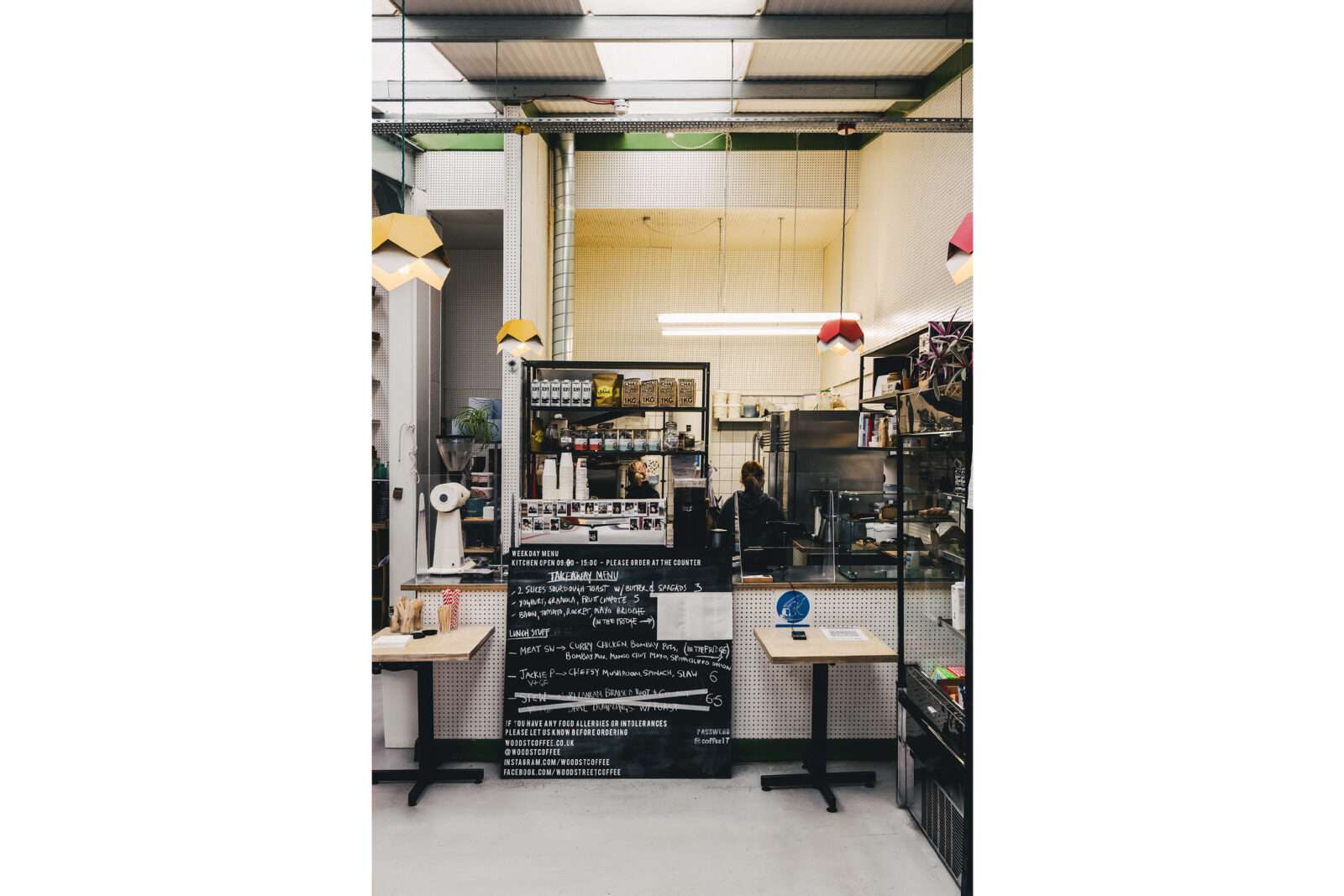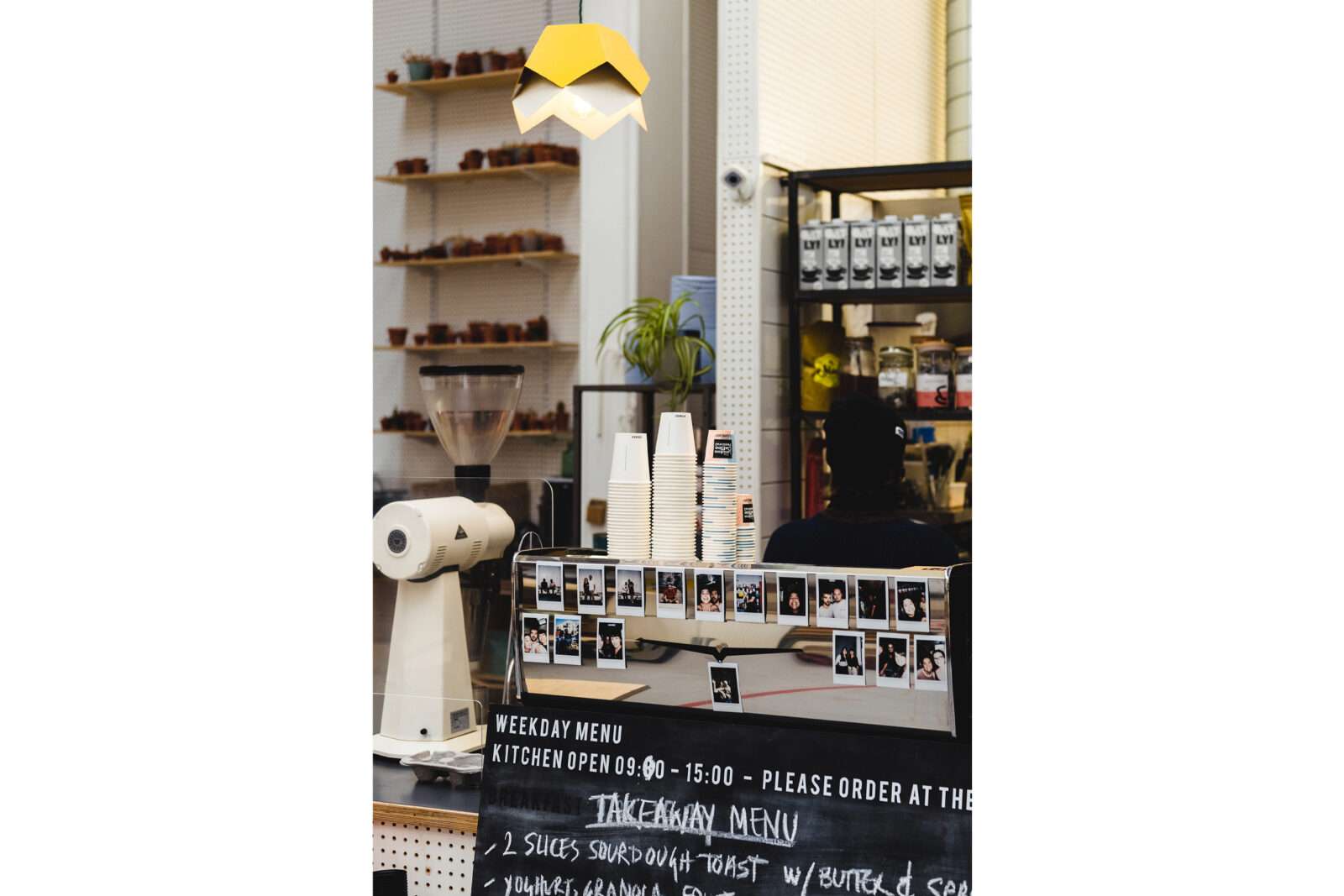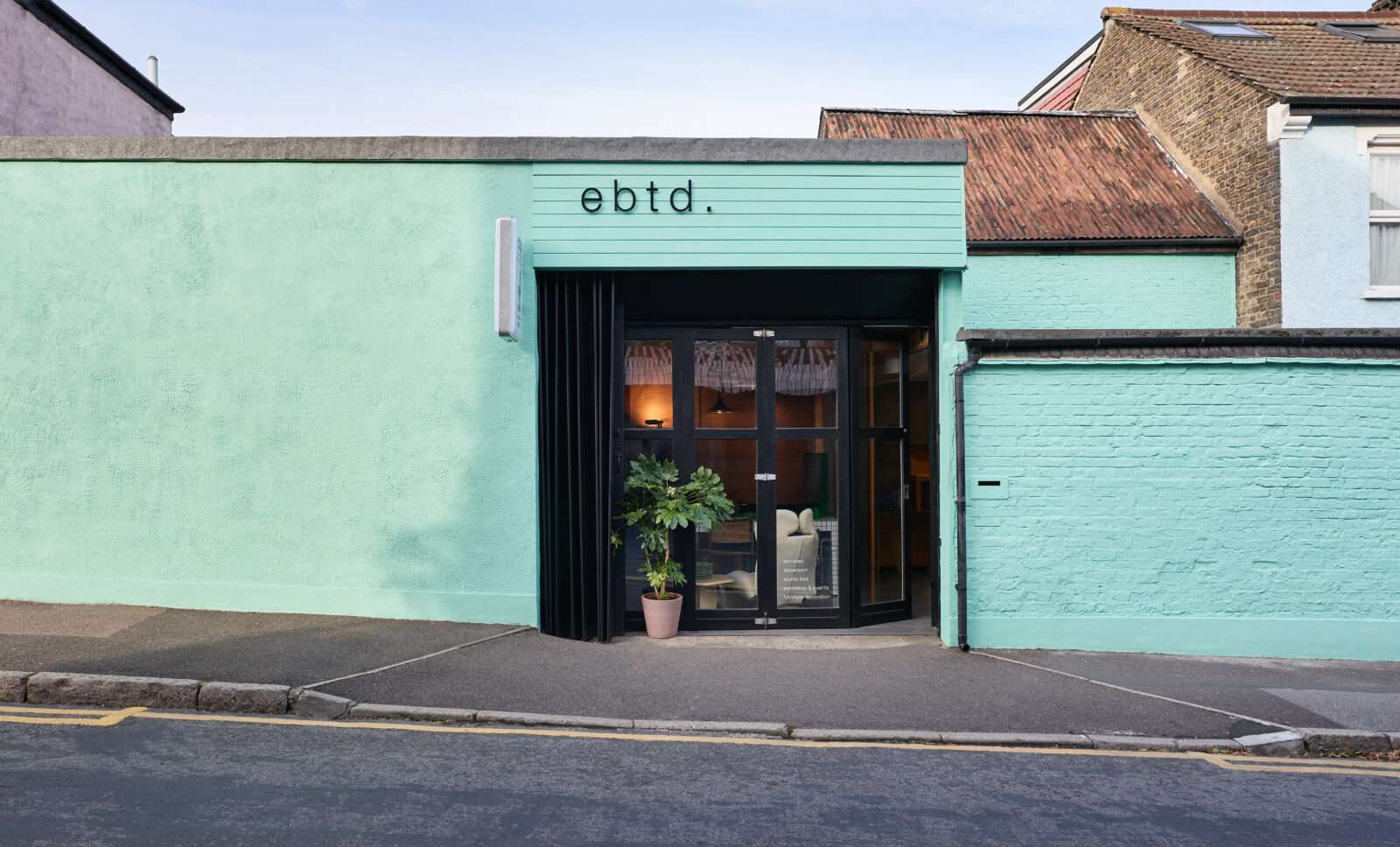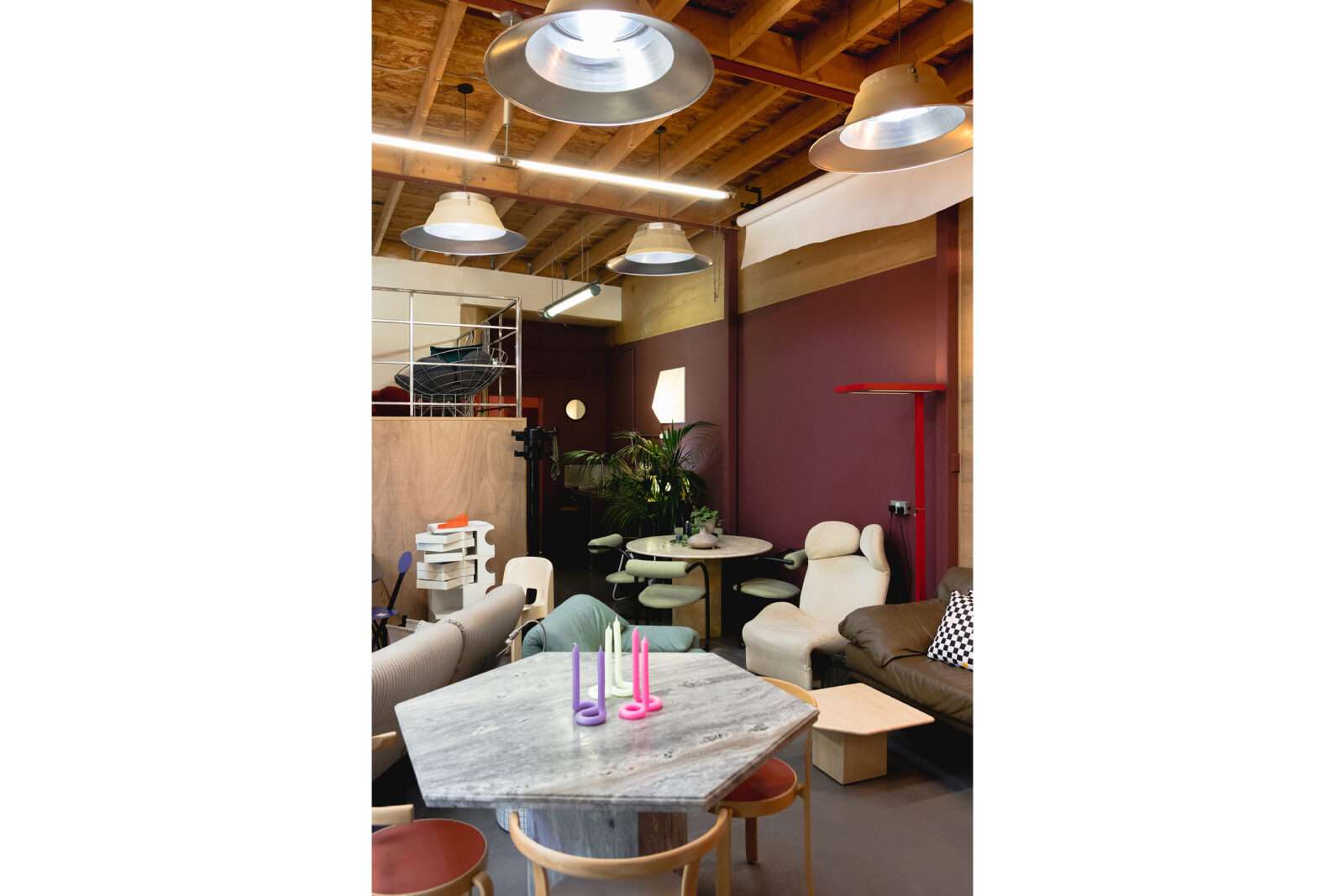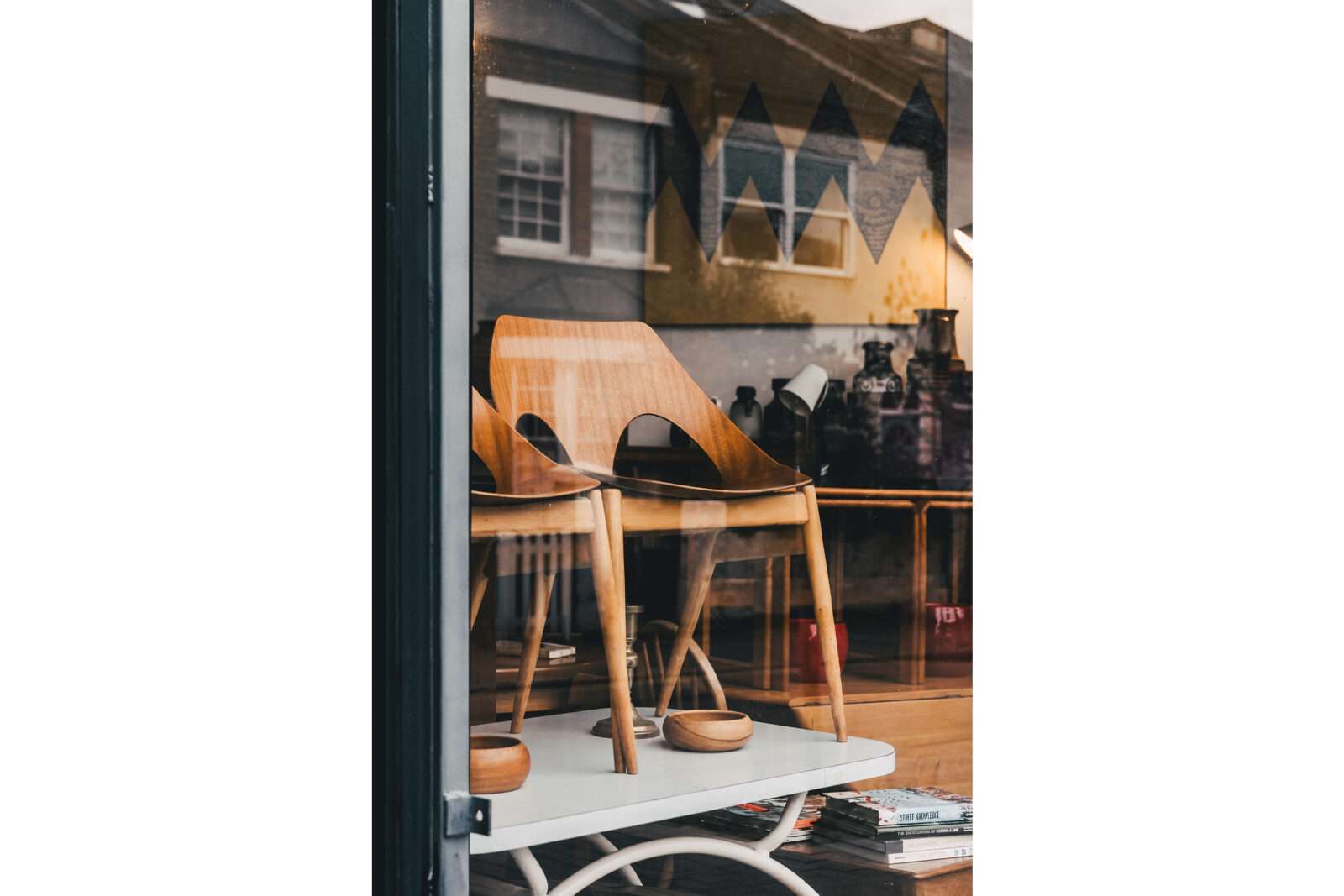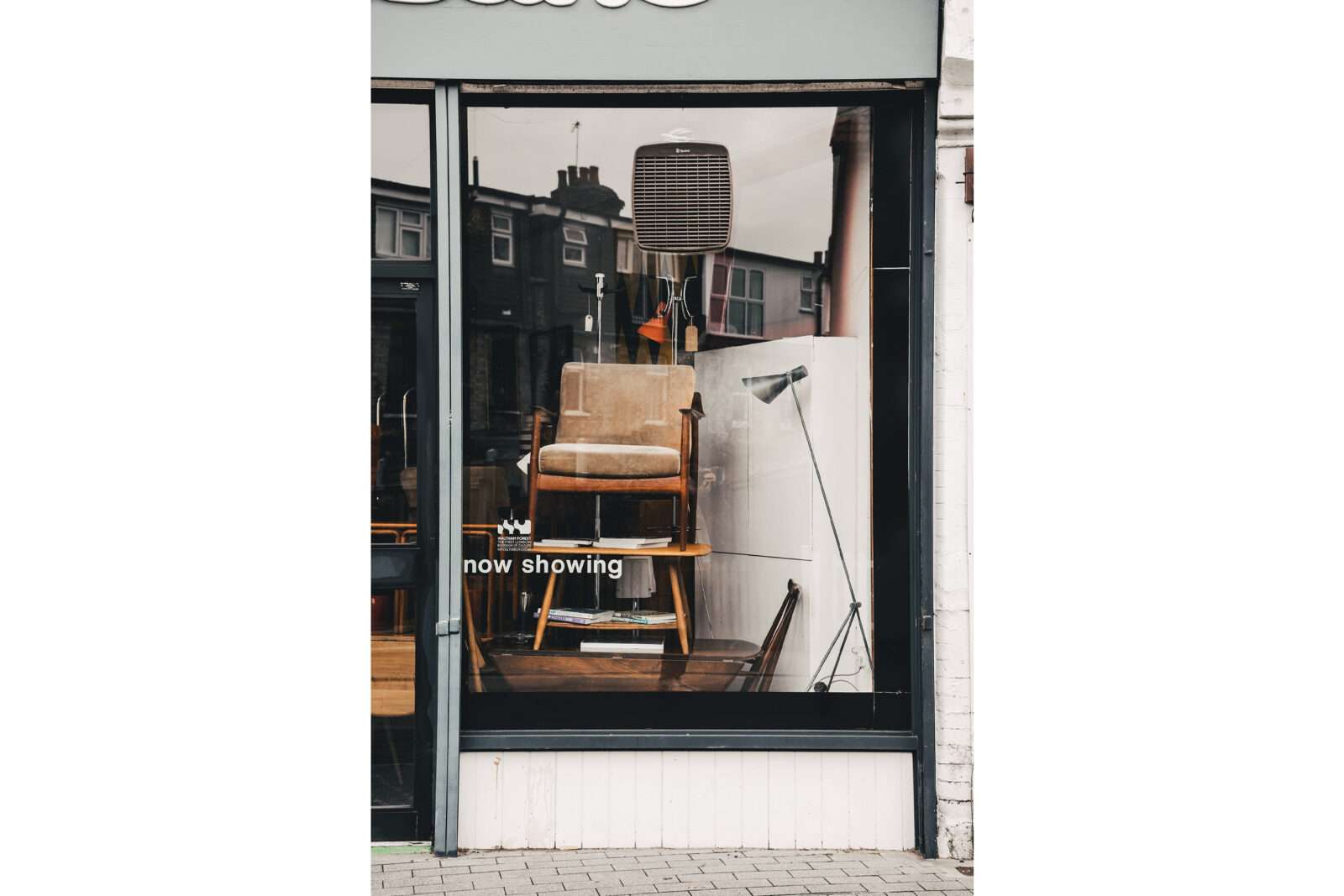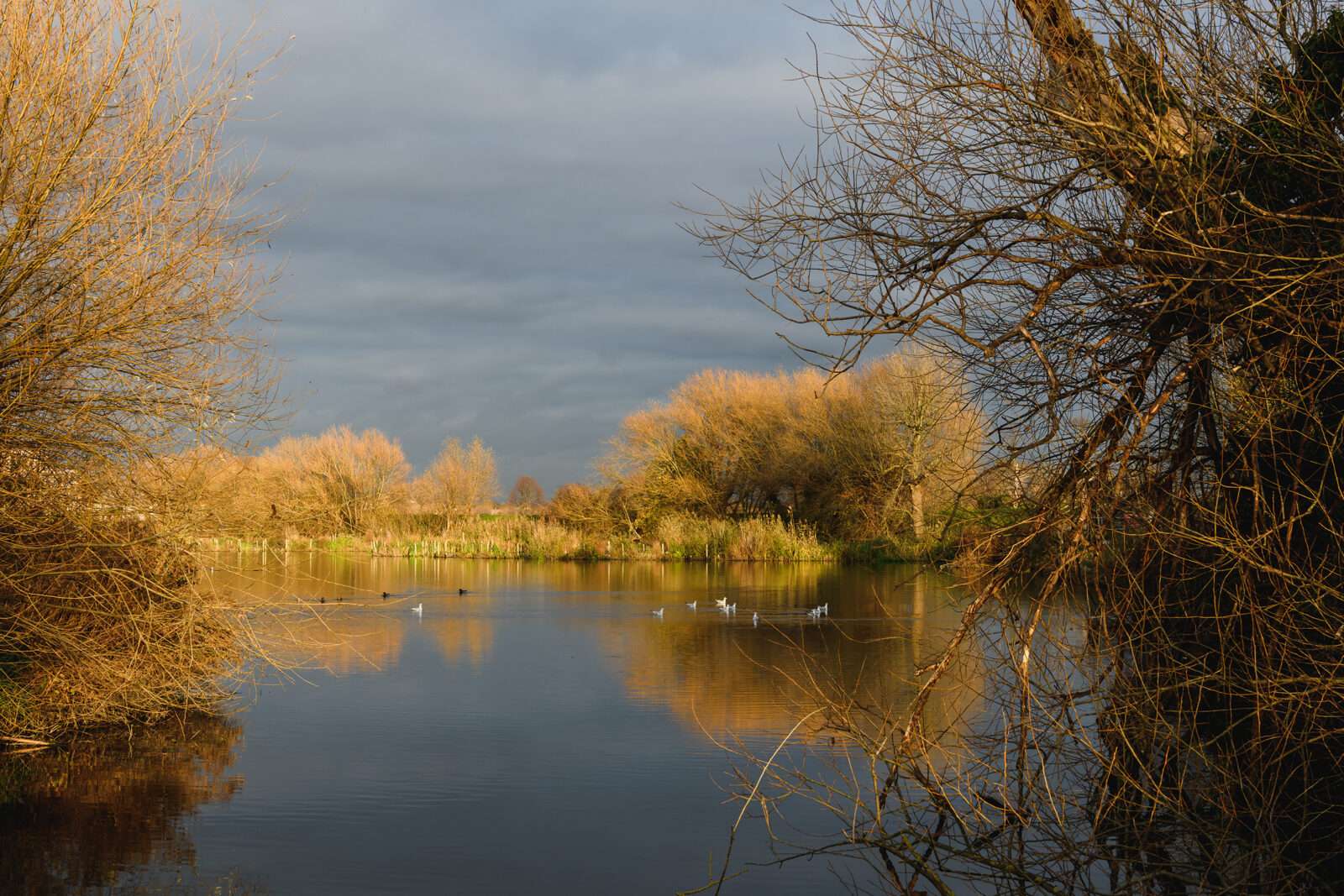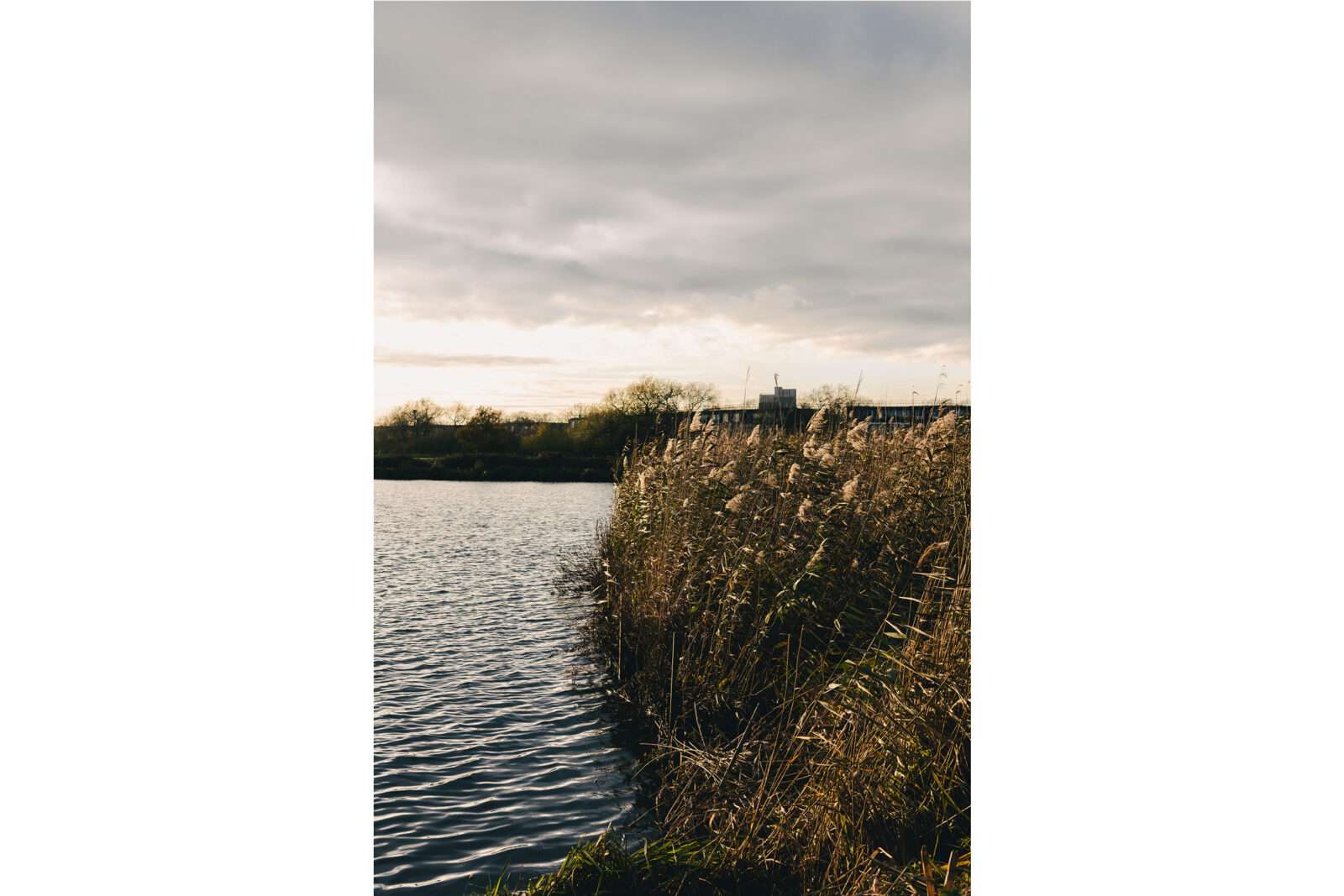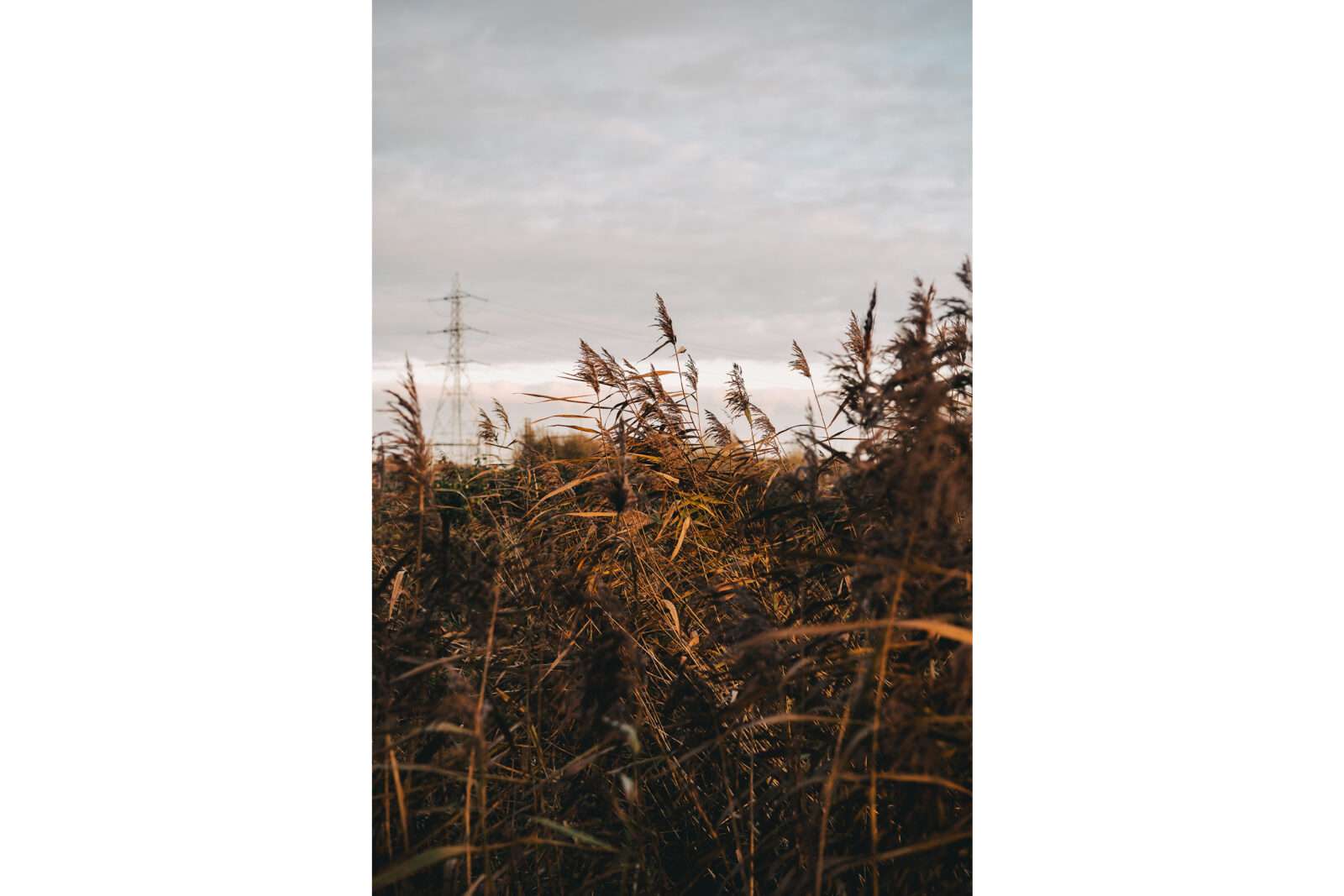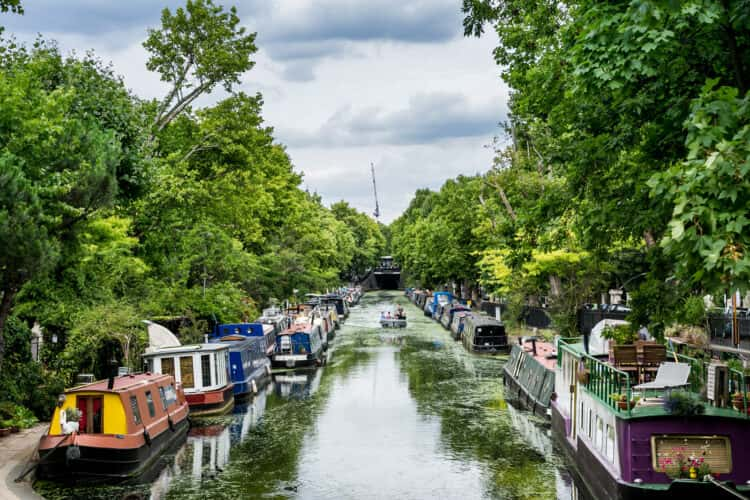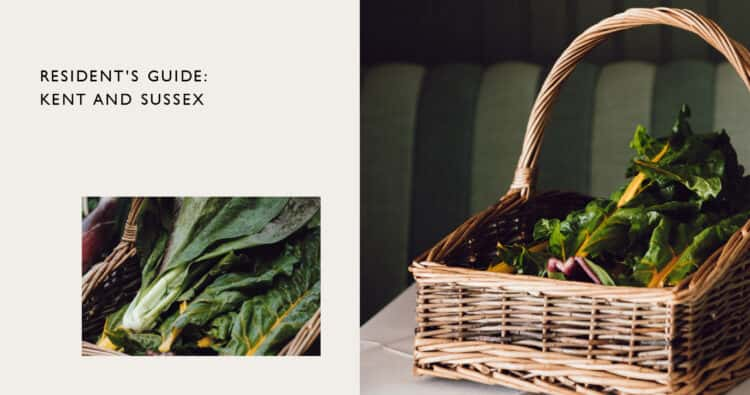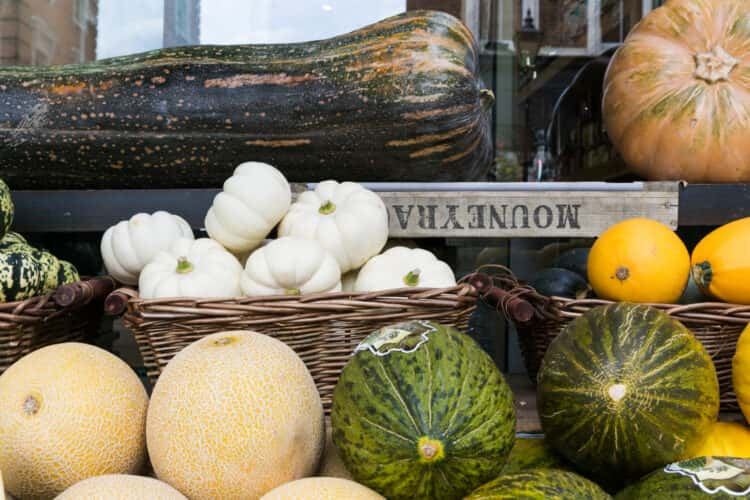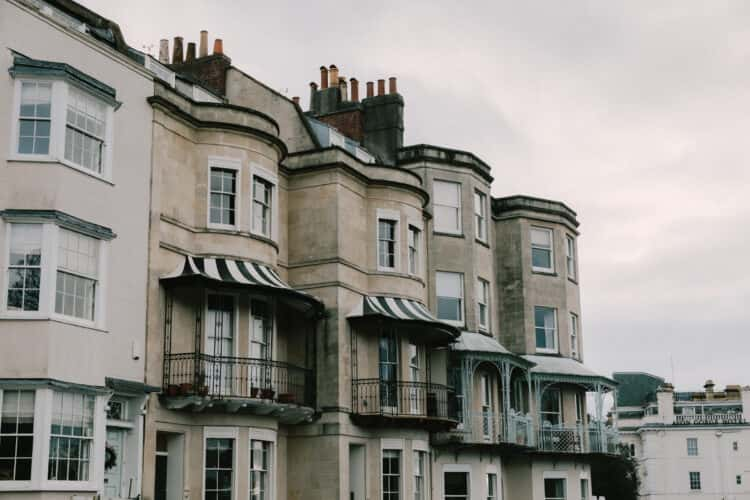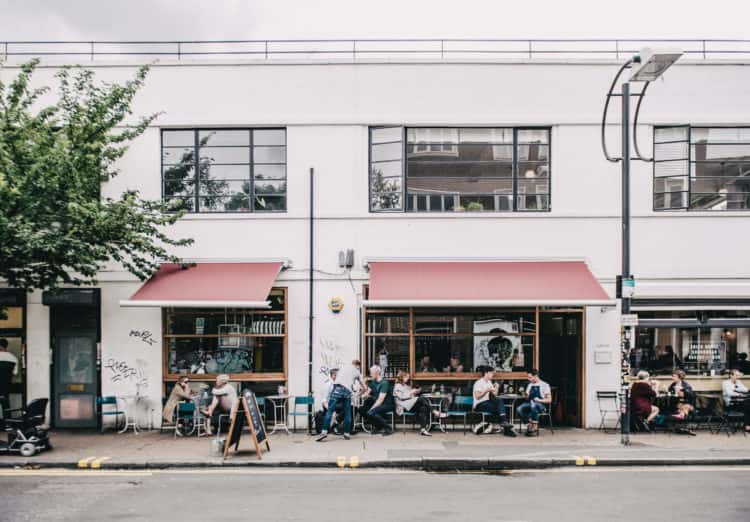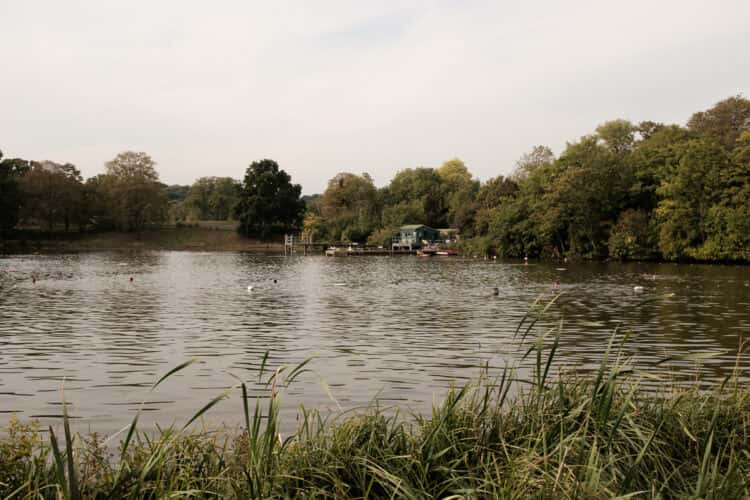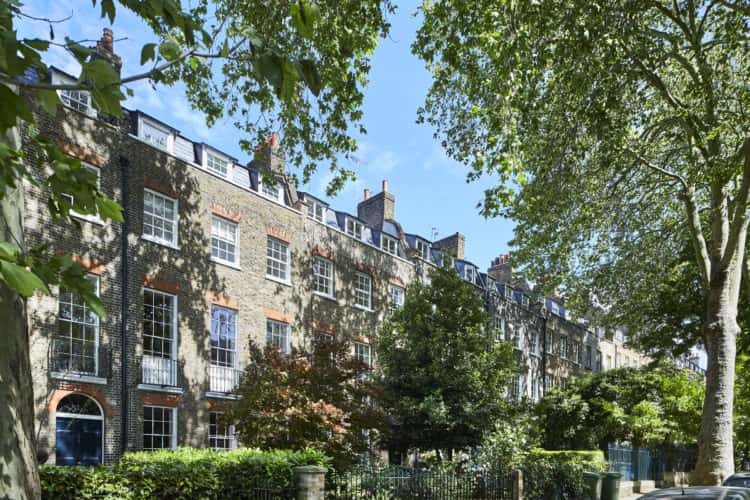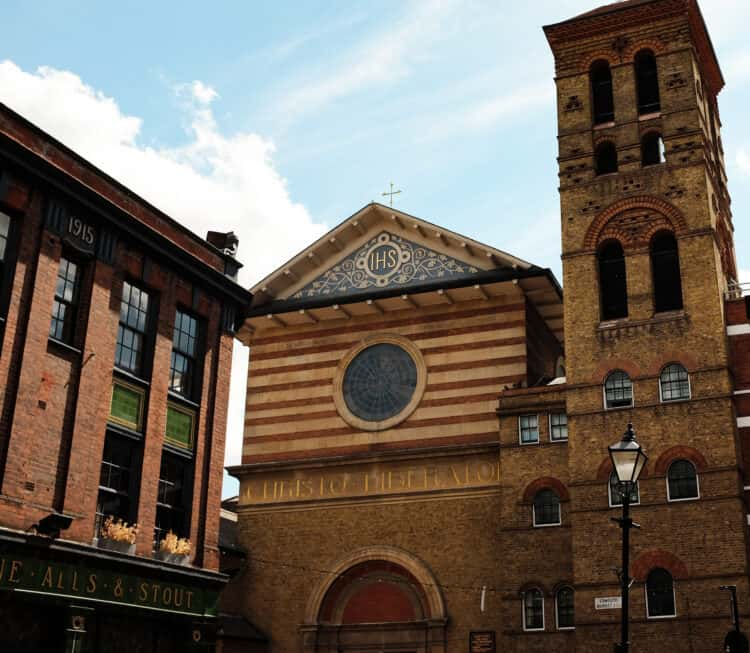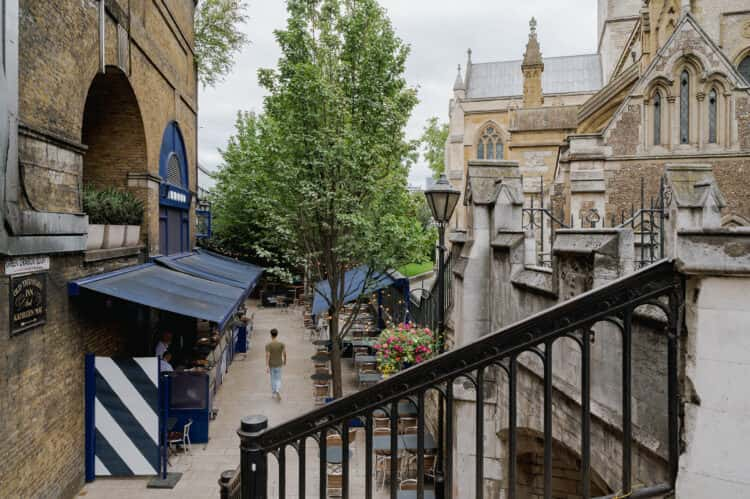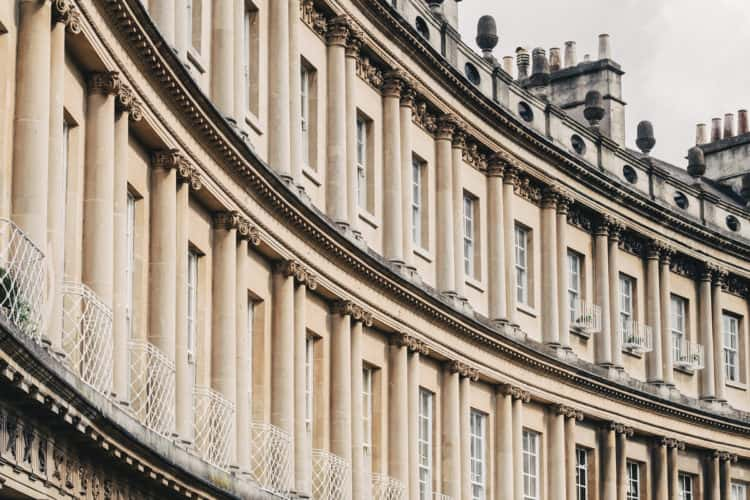Our guide to Walthamstow: the Wetlands, a neon nirvana and family-run restaurants
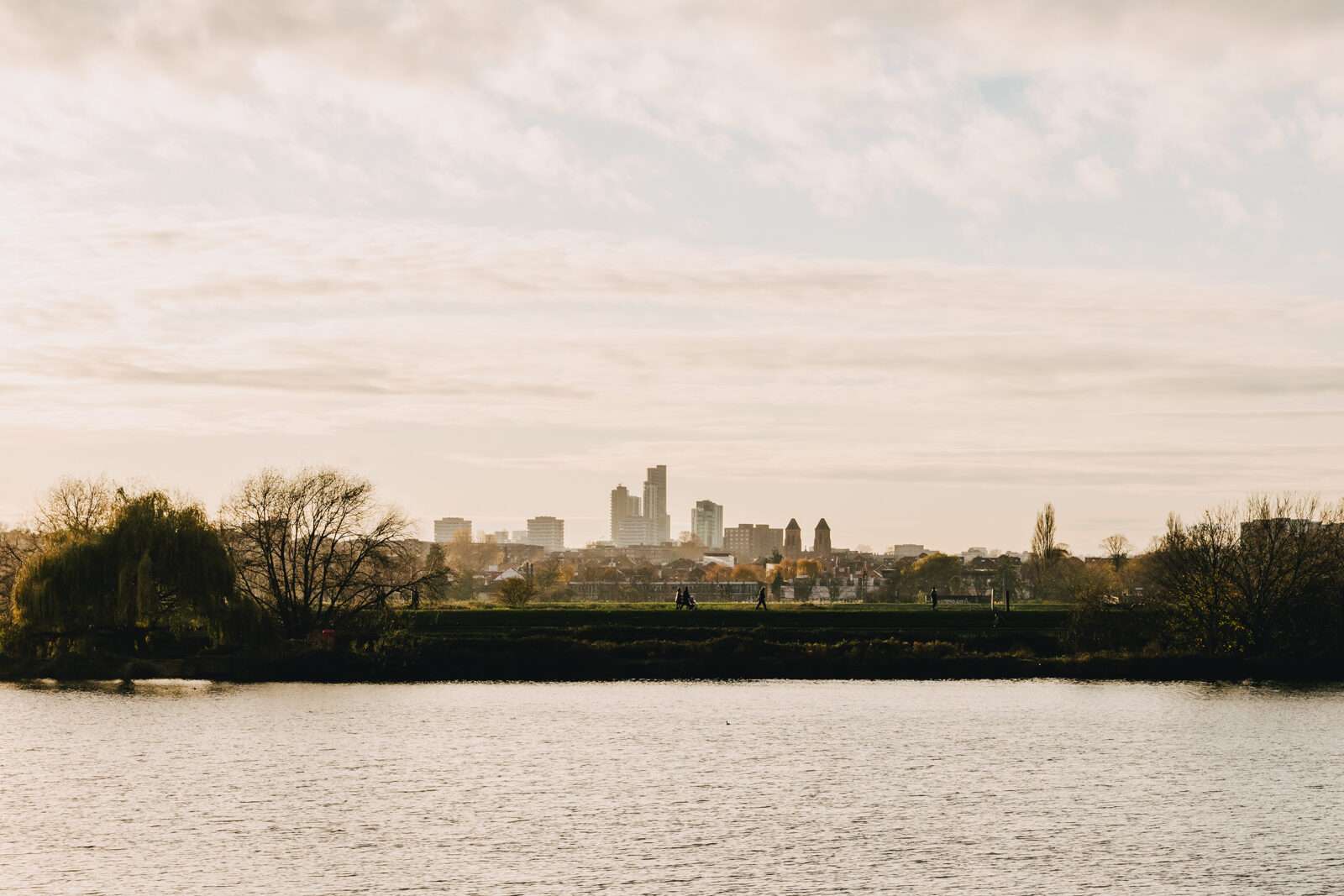
The ancient, rural parish of ‘Wicumestow’ – meaning “the place of welcome” – was once in the county of Essex but joined Greater London in the 1920s due to its suburban growth. In the past decade it has grown even further, welcoming families and creative types who have found their money goes further here than in other popular east London neighbourhoods. Democratic and independent design is weaved into its history – from the Arts and Crafts of William Morris and housing developer Sir Thomas Courtenay Warner in the 19th century, to the more recent proliferation of street art and pedestrianisation schemes – and still very much exists today. Here’s our guide to the best of E17.
SEE
1. William Morris Gallery
The fluted column, Grade II-listed Water House in leafy Lloyd Park was the childhood home of William Morris. It celebrates his life’s work in a permanent collection, notably his textile design, including his hand-cut, wood-block printed wallpapers that reference the British countryside. Morris’ ethos about design for all has had a far-reaching influence, ranging from the Bauhaus movement to Marie Kondo: “Have nothing in your houses that you do not know to be useful or believe to be beautiful” he once famously said. Visit on a Saturday and you’ll also coincide with the Lloyd Park Market.
2. God’s Own Junkyard
Yes, it’s become the Instagram generation’s catnip, but it’s hard to resist taking a photograph of the irreverent pieces that cover the walls, floors and ceilings of this neon nirvana – from seedy Soho sex shops to old motel vacancy signs. It was the studio of the late Chris Bracey, a neon sign artist whose work can be seen in films such as Blade Runner and Stanley Kubrick’s Eyes Wide Shut. Some pieces are available to rent or buy. Afterwards, head next door to Mother’s Ruin Gin Palace for a negroni, made using gin distilled onsite.
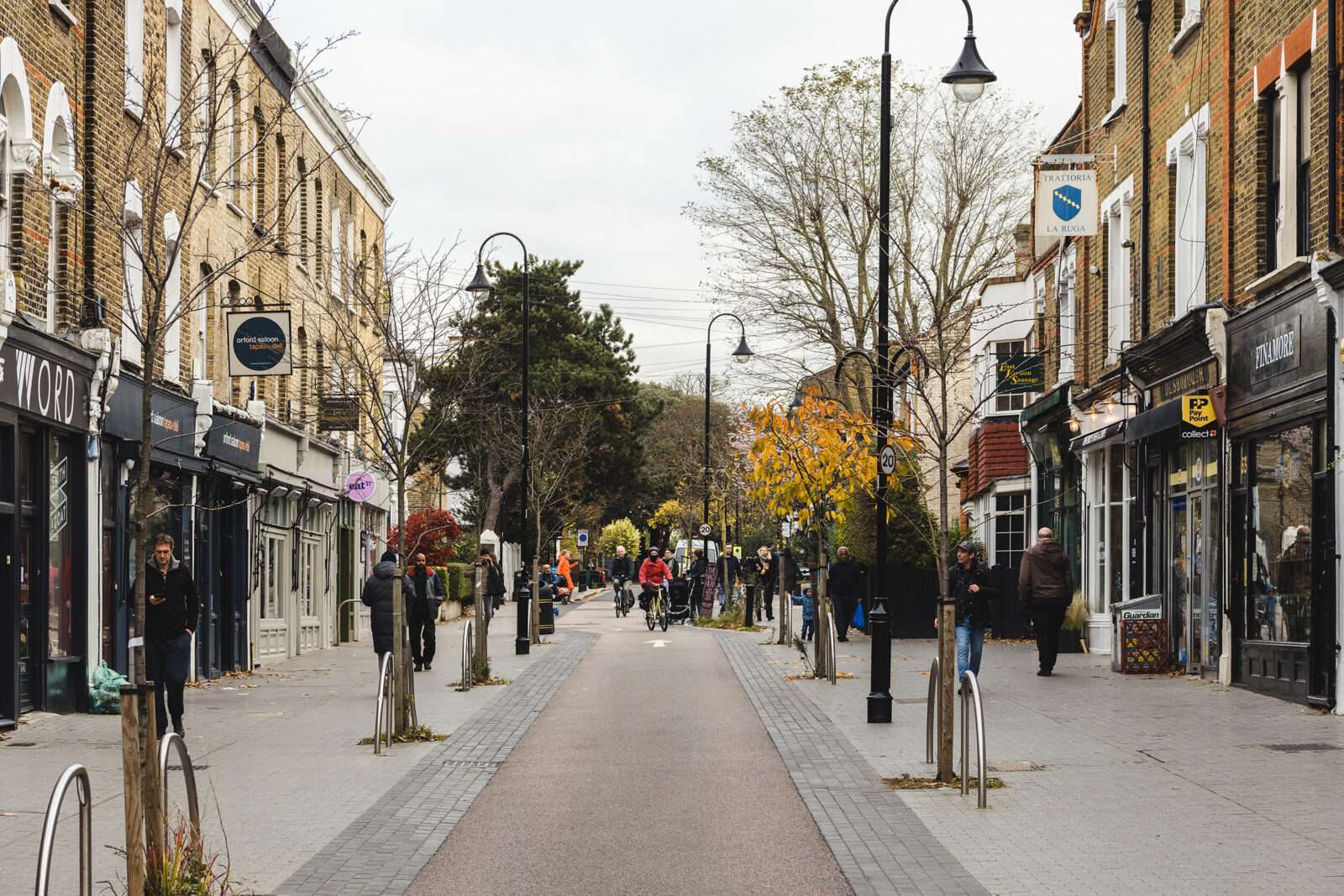
3. Walthamstow Village
The earliest mention of the village was in 1075, when it was recorded in the Domesday Book. It’s now the beating heart of gentrified E17, with Orford Road lined with places to eat (Eat 17 and its adjoining Spar), drink (the Queen’s Arms) and shop (Orford Saloon’s Spanish deli; Finamore for antiques). Walk up Orford Road to see the Grade II-listed, 12th-century St Mary’s Church, the Tudor-era Ancient House and Monoux Almshouses.
EAT
4. Today Bread
This bakery-café is a weekend staple known for its sourdough, turning out fresh loaves and brunch-time toasties for locals. It’s in the Central Parade cultural centre, formerly 1960s council offices renovated by Gort Scott Architects, that hosts rotating shops, co-working spaces, galleries and recording studios. It’s not hard to miss, look out for the original wavy yellow concrete canopy and jazzy tiling on the façade.
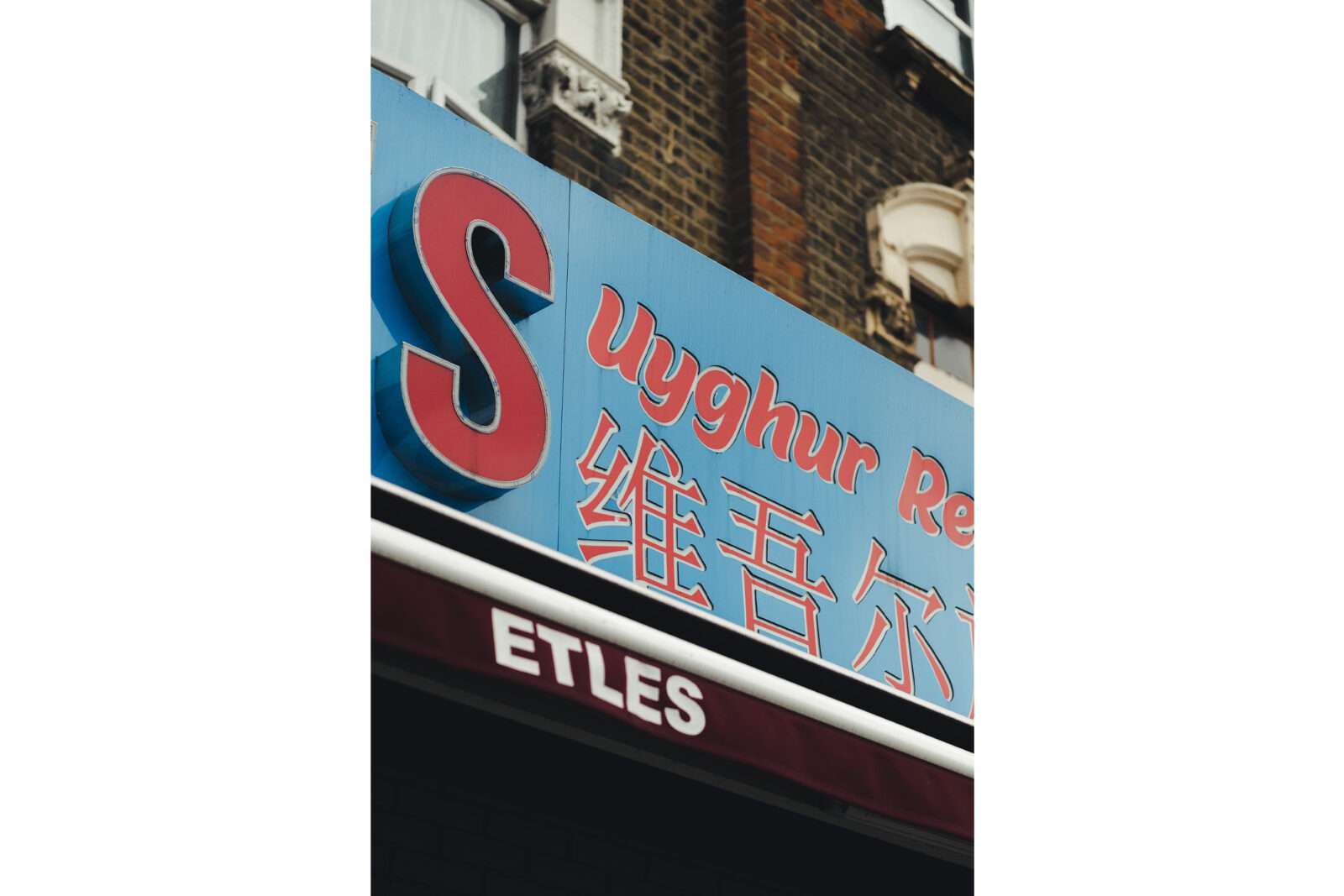
5. Etles
This family-run restaurant is one of very few Uighur restaurants in London. Expect hearty, traditional dishes that bridge central Asia and Xinjiang in north-west China: must-tries include the chaomian (thick, hand-pulled noodles dry-fried with meat, veg and zingy Szechuan pepper), moreish meat skewers, dumplings and the sour paprika salad. For sharing, it has to be the spicy ‘Big Plate chicken’. It’s BYOB too.
6. Homies on Donkeys
Though it has a tiny space in Wood Street Market (a simple bar with a few stools surrounded by graffiti-covered walls), this taco spot deals in big flavours. There’s the classic cochinito (pork) in chipotle, chicken in adobo or the vegan take on a taco al pastor, plus plenty of off-the-cuff specials.
7. Wood St Coffee
The best coffee in E17, with its own roastery on site. Its café is located in Blackhorse Workshop, a space which offers affordable access to workshops and tools, designed by the Assemble collective. It’s a good spot for lunch, with interesting sandwiches, soups and the quick-to-sell-out ‘jonut’ (flavours might include fig jam and ricotta or chilli chocolate).
SHOP
8. Everything But The Dog
If you’re trying to source a Togo modular sofa suite or a Marcel Breuer Cesca chair, chances are you’ll have some luck at EBTD, a vintage furniture shop on Hoe Street which specialises in 20th-century design (and also furniture repair and restoration).
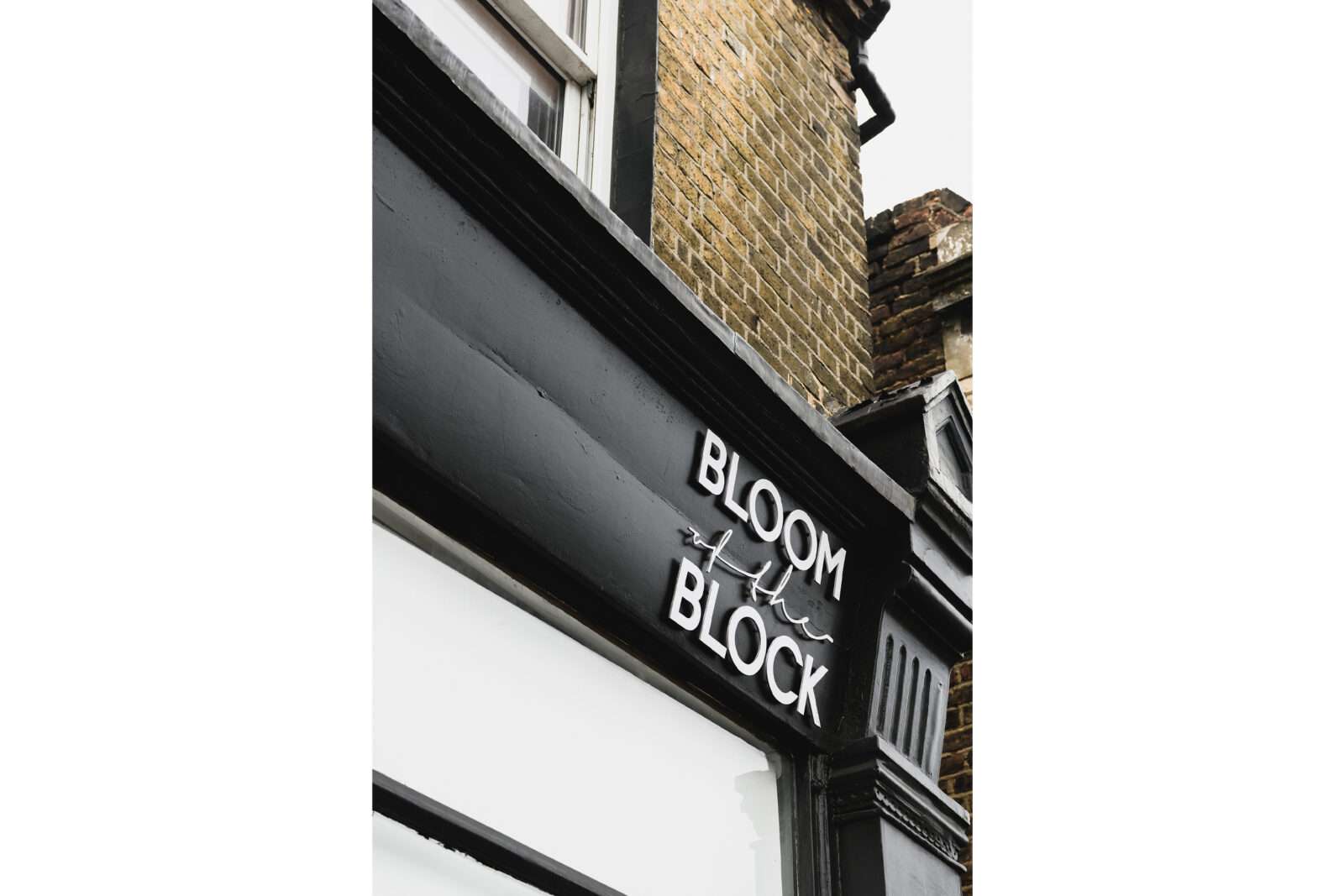
9. Bloom of the Block
Everyone needs a good florist to hand, and for Walthamstow residents, that person is Leyla. Her glass-fronted shop on Hoe Street is an emporium of pot plants and colourful blooms, the latter of which Leyla arranges into sculptural bouquets.
10. Black Duke Vintage
Come here for mid-century furniture finds and ‘eclectic accoutrements’ – sometimes the shop is so full that it’s best to go with an idea of what you want: perhaps an Ercol table and chair set or G-plan sideboard. Owner Boma can often keep you posted if you’re looking for something in particular, too.
DO
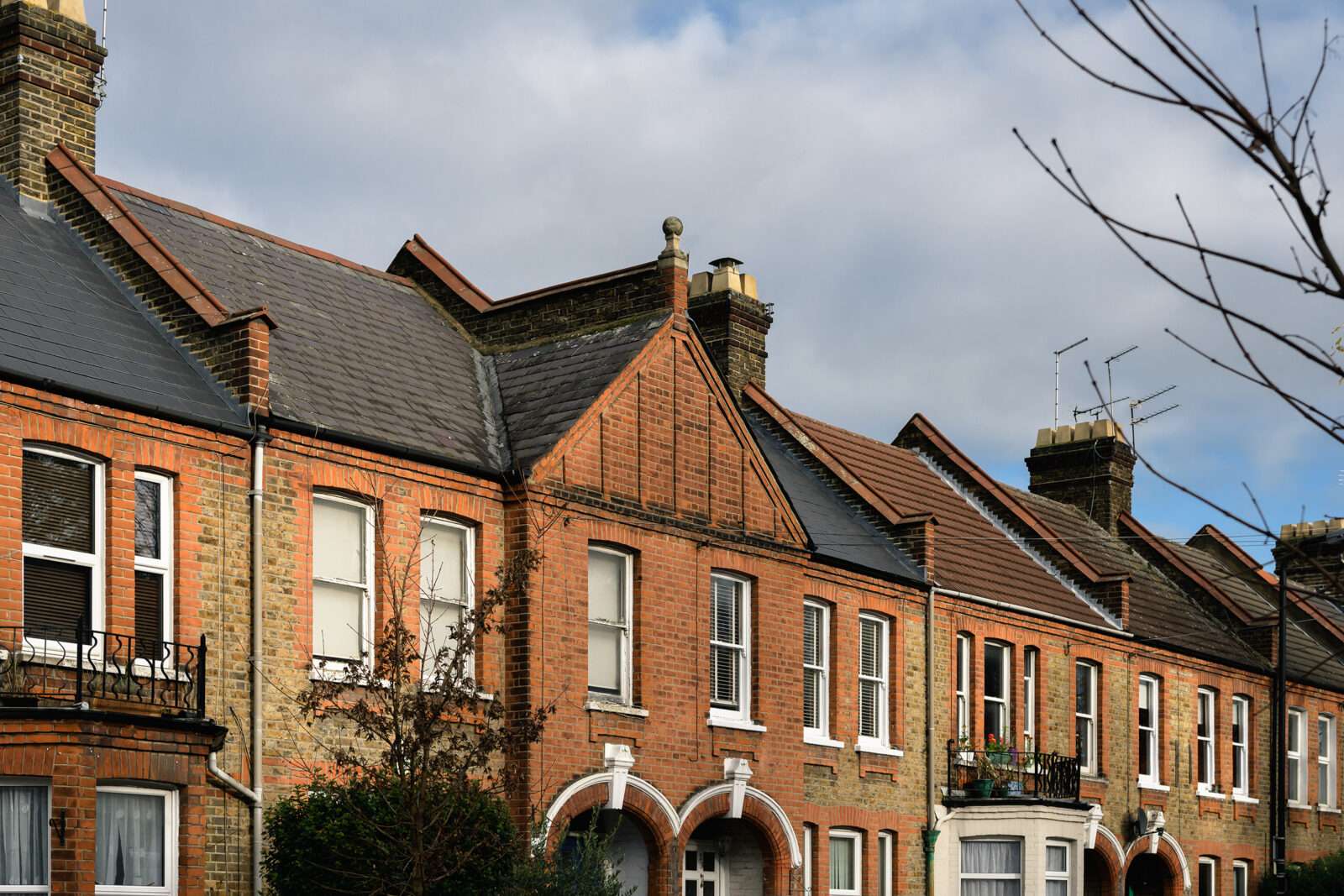
11. The Warner Estates
Sir Thomas Courtenay Warner built three estates in E17, made up of ‘half-houses’ – flats with their own (specifically green and cream) front doors and shared front and back gardens – for the working and middle classes from the 1880s to 1900. The Winns Estate, next to Lloyd Park, is a classic, tree-lined example of the redbrick, gabled buildings (though most doors are now blue). Stroll down Badlis, Bemsted and the surrounding roads.
12. Walthamstow Wetlands
A nature reserve, made up of 10 reservoirs, which is popular for birdwatching (spot everything from goldfinches to cormorant), angling (carp, bream, pike and perch) – or just walking. Stop off at the Grade II-listed Coppermill Tower’s viewing platform, or the original Engine House which is home to the visitor centre and café.
